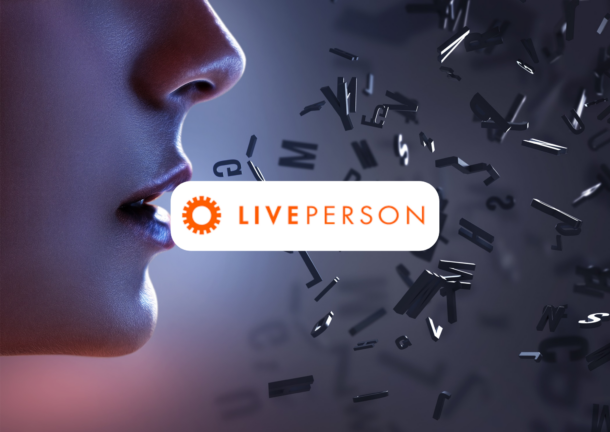It’s no secret that customer expectations keep growing. At the same time, businesses are faced with a widening divide between experiences customers want and what companies actually deliver. Also known as “CX debt,” this accrued cost of missed CX opportunities is real, and the stakes have never been higher.
We recently sat down with over 500 business leaders to learn more about CX disparities, and the findings were interesting, to say the least: While 88% of business leaders believe CX is important to their revenue growth and overall business performance, only 61% place significant focus on it. This divide is taking a toll on businesses: 80% of customers may explore alternatives after a single bad brand experience.
So, this begs the question, what is at the core of this growing customer experience (CX) debt? The answer is twofold: a myopic view of CX and rising tech deficits. Today, there is a fundamental misunderstanding among organizational leaders of what CX entails. A common pitfall is the oversight of CX’s nuanced nature. Most business leaders still think CX is synonymous with customer service and product quality—overlooking the importance of connected brand experiences that are fundamental to a meaningful CX.

The Top Global CX Gaps
To solve these challenges, leaders must first understand the five underlying causes of CX debt and how they can be rectified:
The Service Gap is the disconnect between the high-quality service customers expect and the actual service they get due to factors such as inadequate employee staffing or training. To overcome this gap, leaders should focus on providing high-quality service, with human interaction at the center of service delivery.
The AI Readiness Gap addresses the hesitancy that business leaders have around adopting artificial intelligence (AI). This is primarily fueled by resource limitations and a lack of internal expertise. To turn this gap into an opportunity, today’s business leaders need to separate the help from the hype and strategically invest in solutions that align with their specific needs and use cases.
The Communication Gap is the failure to provide the clear and consistent communications that customers expect. Hazy communication channels, ambiguous messaging, poor channel management, and a lack of oversight are the primary drivers of this gap. Leaders need to focus on improving visibility, oversight, and minimize silos between teams and their communication strategies.
The CX Perception Gap is the disconnect between a company’s understanding of the experiences they deliver and the customer’s actual perception of these interactions. Sharing customer feedback across the organization is essential here. With enhanced feedback systems and deeper insights into customer interactions, businesses can make informed decisions based on actual customer experiences.
The Integration Gap is the failure to provide seamless, integrated experiences. Customer experiences vary widely, influenced by factors from buying habits, to budget, to post-sales service needs. Businesses, therefore, must adapt to varied customer experiences across multiple channels and touchpoints.
Within Every CX Gap Lies Opportunities
While these gaps may seem daunting, they are possible to overcome and can even drive substantial business growth. To do so, businesses need to foster a company culture that is receptive to continuous CX improvement. This starts with leadership commitment and extends through every level of the organization.
By embedding CX into core values and performance metrics, companies can create an environment where every employee is attuned to and invested in enhancing the customer experience across the entire customer journey. If done right, CX gaps will close and customers will double down on the brand. Nearly three-quarters (72%) of consumers say they are likely to increase spending and/or make additional purchases with companies that consistently provide positive experiences, and 80% are likely to recommend the company to others.
Though these five CX gaps are all too real for many companies, the good news is that, with the right strategic approach and shift to a customer-centric mindset, CX debt is redeemable. It will simply require a rethinking of how businesses approach CX. Rather than viewing CX as revolving solely around product and service quality, it should be treated as a priority, and invested in as a universal business strategy.
-
Jeannette Michels is the Senior Global Director of Marketing Insights, Strategy & Analytics at Stellar Elements. With over 25 years of experience, Jeannette excels at launching dynamic, multi-channel campaigns, and driving increased engagement and organic reach. Throughout her career, she has remained committed to increasing diversity and innovation, and crafting compelling stories for global brands.









